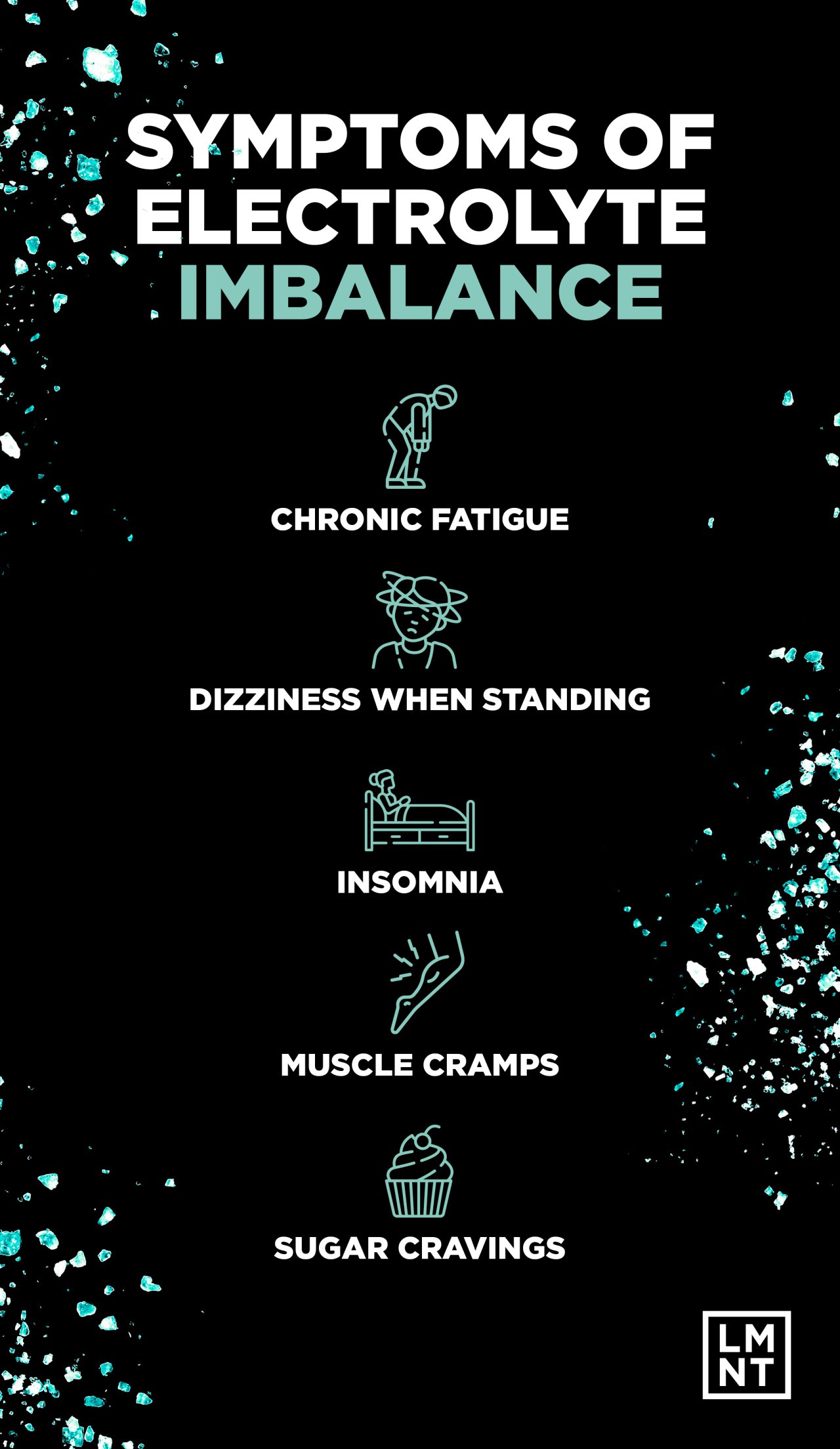![]()
Carb-loading for race day: What to know about marathon nutrition
Carb-loading before exercise is believed to fuel workouts and help speed recovery. As evidenced by your prerace or pregame pasta dinners in high school, the mainstream conversation around this topic suggests carbohydrates, and carbohydrates only, are the key to energizing high-intensity workouts like race day.
The theory goes that carb-loading is necessary to sustain high performance through the finish line. However, a growing body of research indicates that fat-loading is at least as effective as carb-loading, particularly for longer efforts.
This is promising information for athletes who want to optimize their long-term health without sacrificing their performance on race day.
Before digging into this research, LMNT dissects how the body reacts to carb-loading and fat-loading.
What is carb-loading?
Carb-loading is a dietary strategy many athletes use to improve athletic performance and endurance by loading the muscles (and liver) with glycogen to fuel intense and prolonged exercise.
Dietary carbohydrates, like sugars and starches, are first converted to glucose, signaling the pancreas to release insulin into the blood.
Insulin then transports glucose from the bloodstream into cells, storing glucose as glycogen in the liver, fat, and muscle cells to meet future energy needs.
However, there is more to this carbohydrate-heavy story.
Cells can only store so much glycogen. When the liver and muscles run out of room for this storage, the body releases insulin to transport and convert glucose into body fat.
Over time, overconsumption of carbohydrates can lead to insulin resistance, where the cells ignore insulin and glucose builds up in the bloodstream, elevating blood sugar levels.
Even minor levels of elevated blood sugar are linked to increased levels of systemic inflammation, which underpins many of the prominent chronic health conditions faced today — not to mention diminished performance and impaired recovery.
What is fat-loading?
Fat-loading is a nutritional strategy whereby the body metabolizes fat as an energy source. Simply put, the body is able to utilize fat for fuel when carbohydrates are restricted. But does restricting carbs also limit the “fuel” available for completion of high-intensity workouts or long-distance runs?
An interesting Ohio State University study published in “Metabolism: Clinical and Experimental” sought to answer this question. Researchers recruited and tracked 20 ultra-endurance runners (ages 21–45) who were already following different dietary patterns to see how these diets influence how the body generates energy during long runs:
- All participants had experience racing 31 miles or more and were comparable in age, performance and training history, and VO₂ max (aerobic capacity).
- Ten runners followed a low-carb diet for at least six months (≈10% carbs, 19% protein, 70% fat).
- Ten others followed a high-carb diet for at least six months (≈59% carbs, 14% protein, 25% fat).
The results: During a three-hour treadmill run, the runners with diets lower in carbs and higher in fat intake showed greater capacity to oxidize fat and use it as fuel for long-distance runs.
In other words, the body is able to use fat for fuel without diminishing performance when dietary carbohydrates are restricted.
The study, although a small sample size, serves as an introduction to the growing body of scientific literature that points to the benefits of fueling workouts through fat consumption.
On a fundamental level, it dispels the notion that carb-loading is the only strategy available to endurance athletes, such as runners, to maximize energy storage and use. And, at a minimum, the observations from this study broaden the dietary options available for endurance athletes.
Carb-Loading or fat-loading: Which works best?
A runner will function best on race day after implementing an optimal diet strategy that is unique to his or her body, as proven by studies showing massive variation from person to person in reactions to various foods.
In other words, what ultimately works best for you is unique to you, and will need to be found through a bit of trial and error.
Whatever you choose, don't switch your dietary pattern close to race day. The body needs time to adapt to significant dietary changes. Making major dietary shifts just weeks before race day can compromise your performance rather than enhance it.
One more important thing to remember: If you restrict carbohydrates for marathon training sessions and race day, pay special attention to your electrolyte levels.
Low-carbers need more electrolytes than their high-carb counterparts due to what is commonly referred to as the “low-carb” or “keto flu”, which is wholly avoidable through proper electrolyte supplementation.
Even for non-low-carb runners, electrolyte supplementation is critical. All athletes — anyone who trains three to five days per week for 30 minutes or more, or works in high-exertion jobs — need more electrolytes. When electrolyte levels are imbalanced, performance will be sub-optimal regardless of any dietary strategy.

High-intensity workouts, like marathon training and race day, are no easy feat. Properly preparing your body includes implementing a diet strategy that works best for you.
Carb-loading via high-carb diets, as mainstream traditions and teachings have shown us, is one option.
The lesser known but equally viable option is fat-loading, or the implementation of a low-carb and high-fat diet.
Whether carb-loading or fat-loading, the ideal nutrition strategy requires a hydration plan that emphasizes electrolyte replenishment, sodium in particular.
A customized nutrition strategy plus electrolyte replenishment is the 1-2 punch needed for marathon training and race day success. Need more guidance? Our half-marathon fuel guide can help. Battling leg cramps leading up to race day? Learn what they mean — and what to do.
This story was produced by LMNT and reviewed and distributed by Stacker.





















(0) comments
Welcome to the discussion.
Log In
Keep it Clean. Please avoid obscene, vulgar, lewd, racist or sexually-oriented language.
PLEASE TURN OFF YOUR CAPS LOCK.
Don't Threaten. Threats of harming another person will not be tolerated.
Be Truthful. Don't knowingly lie about anyone or anything.
Be Nice. No racism, sexism or any sort of -ism that is degrading to another person.
Be Proactive. Use the 'Report' link on each comment to let us know of abusive posts.
Share with Us. We'd love to hear eyewitness accounts, the history behind an article.